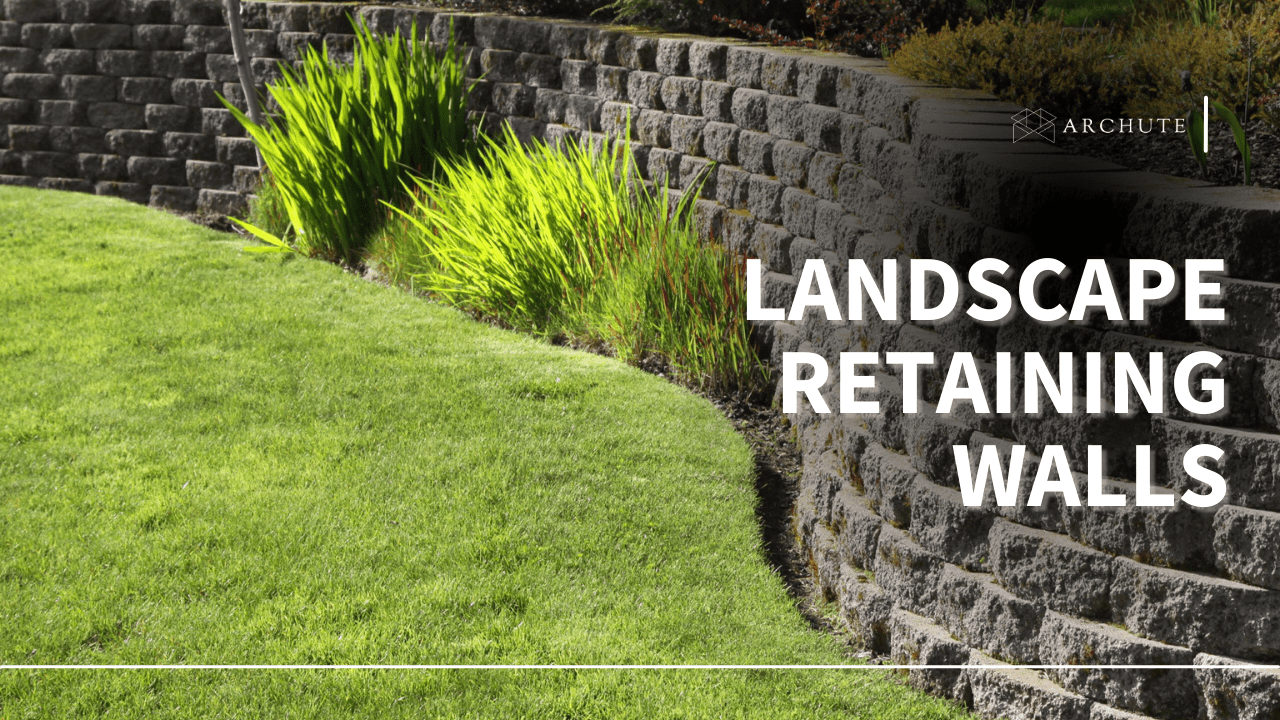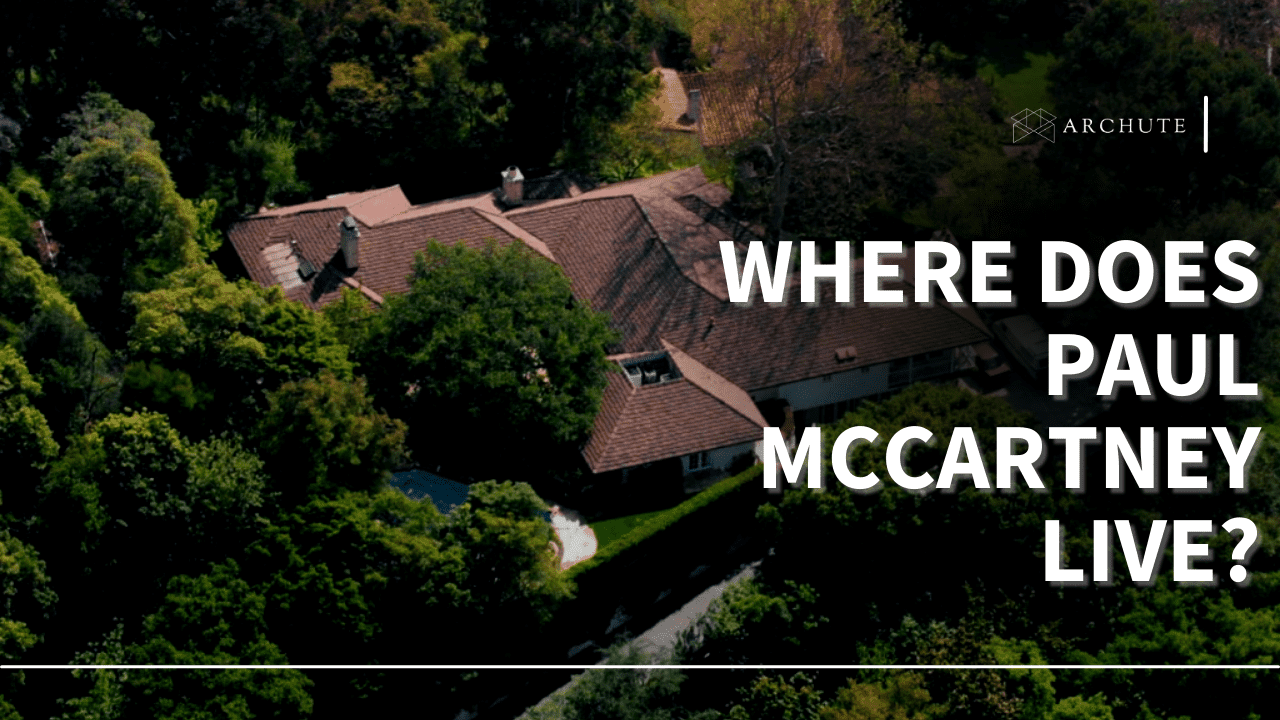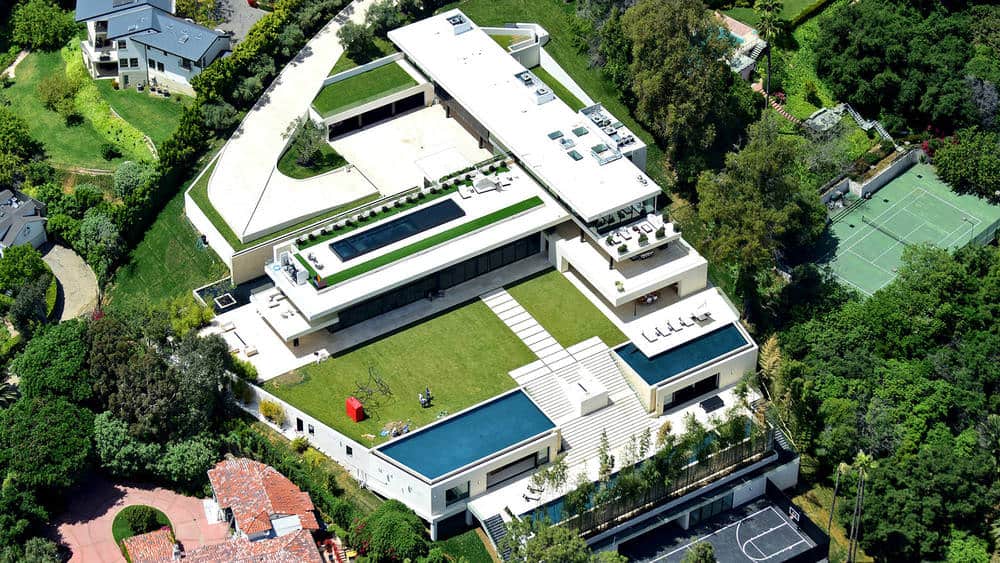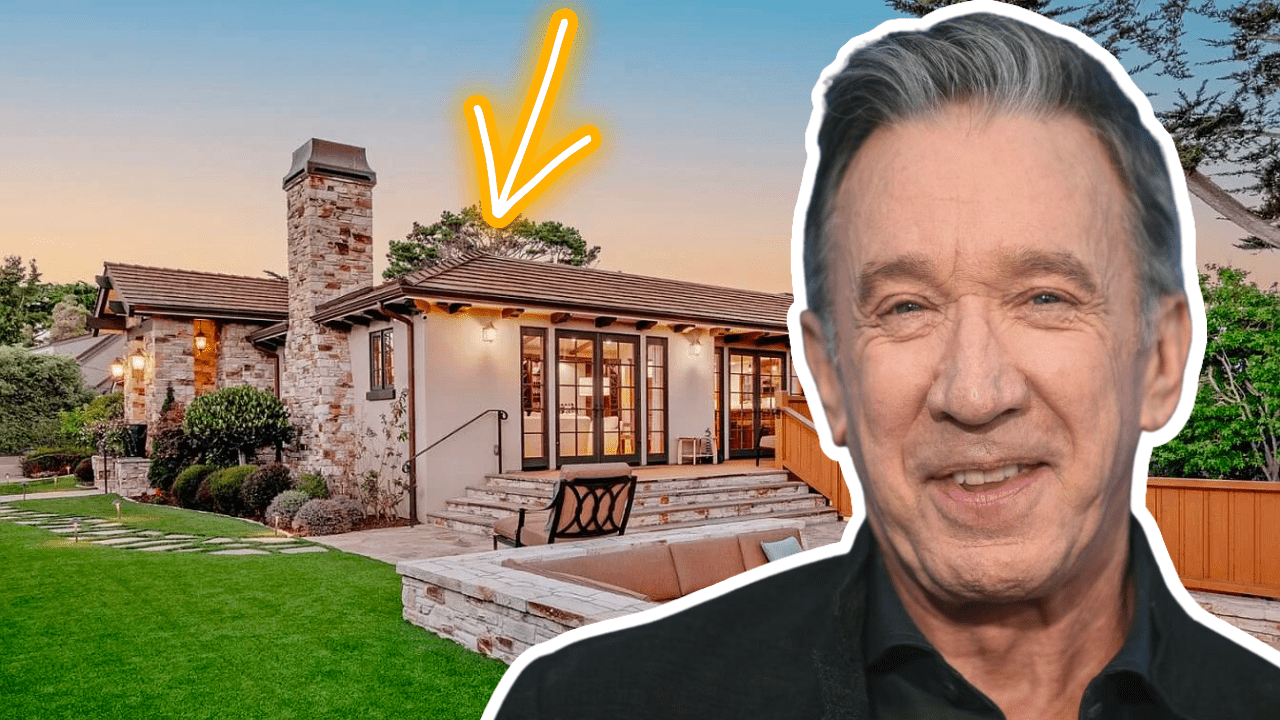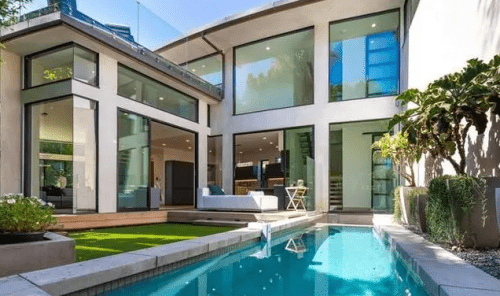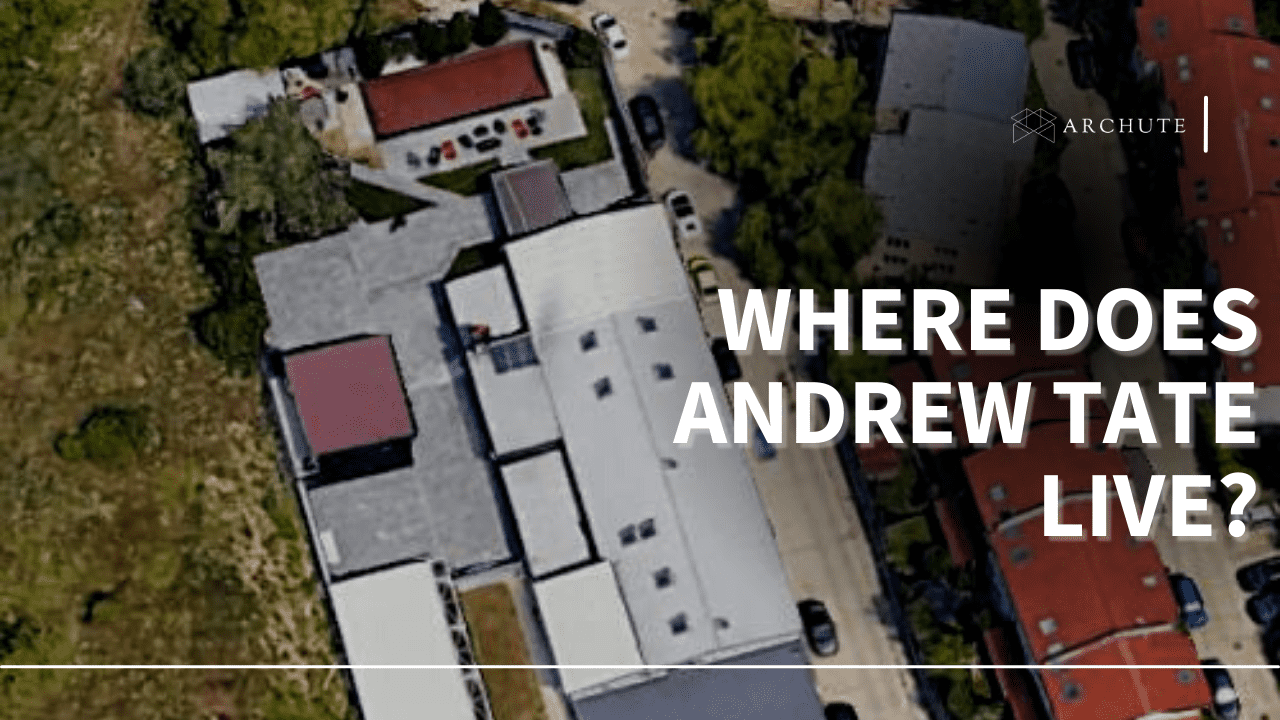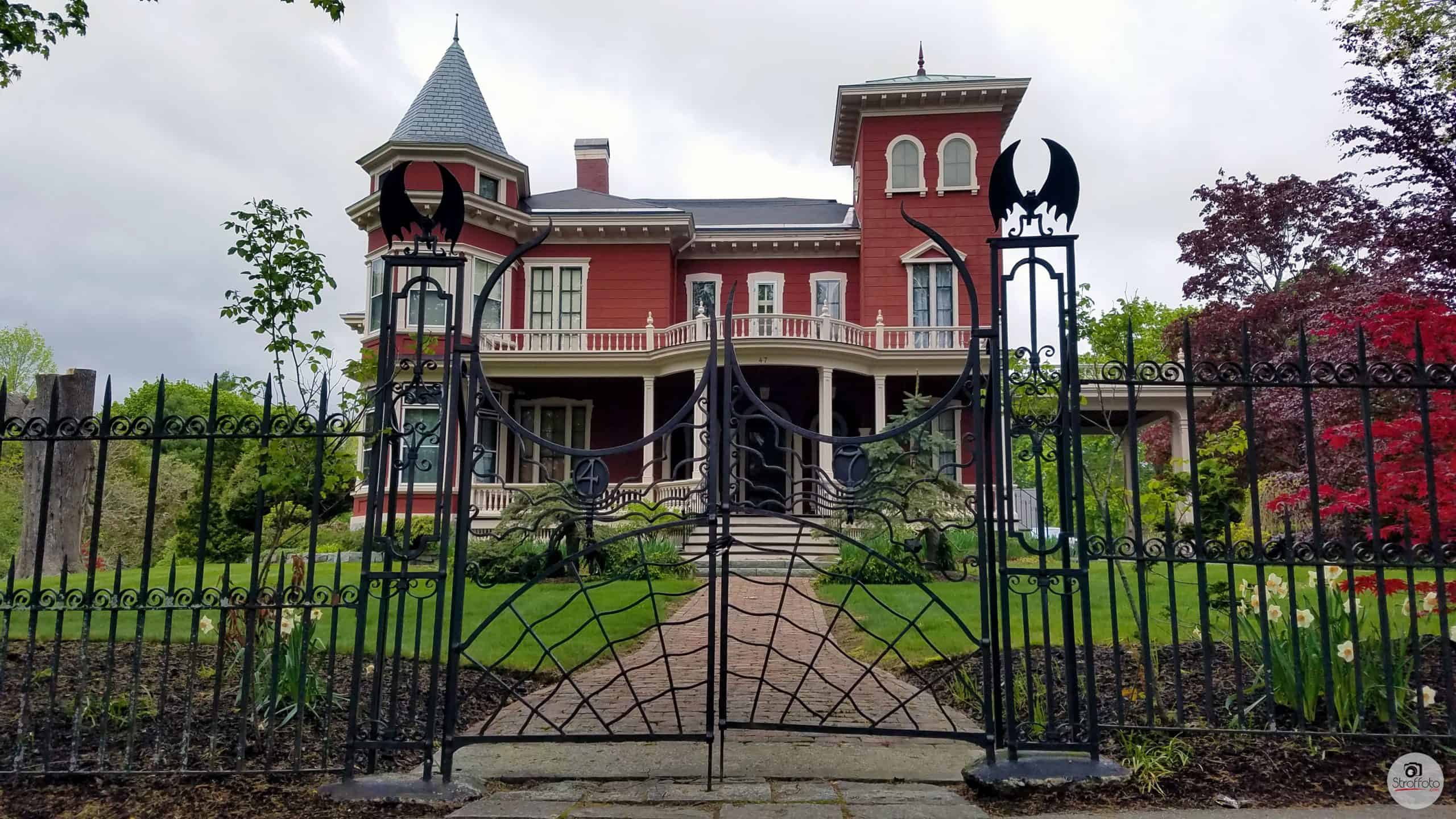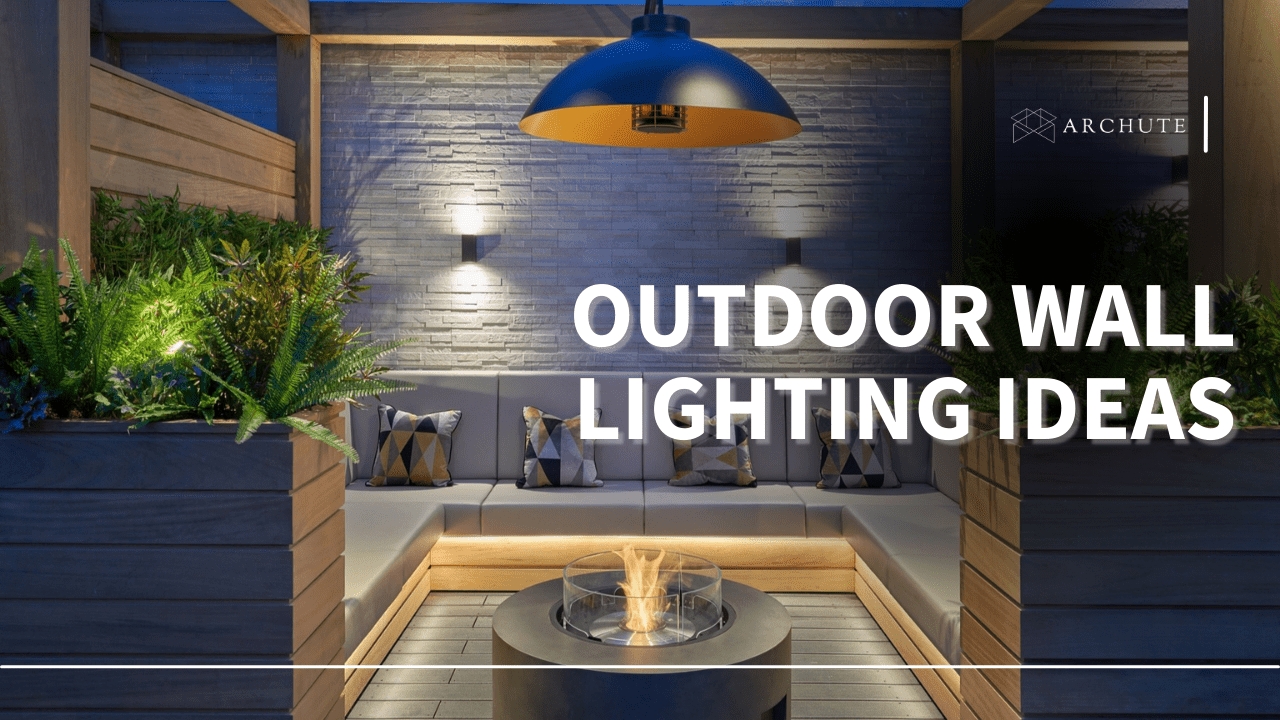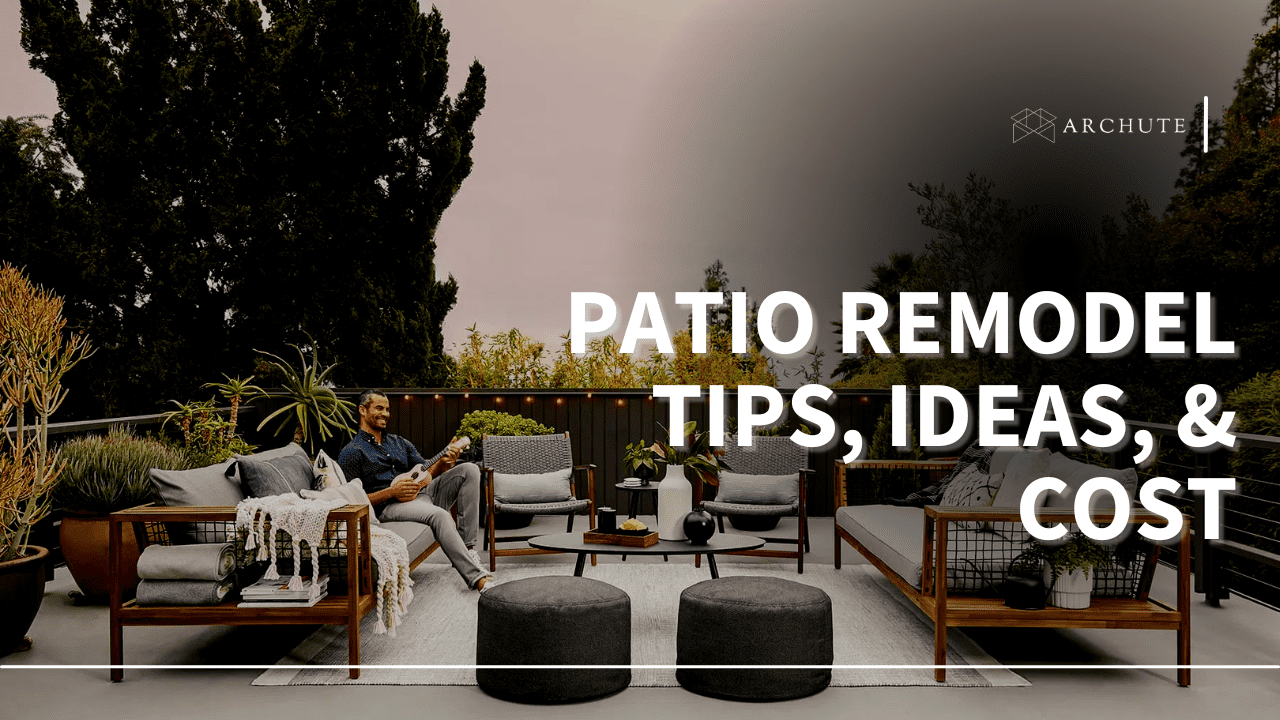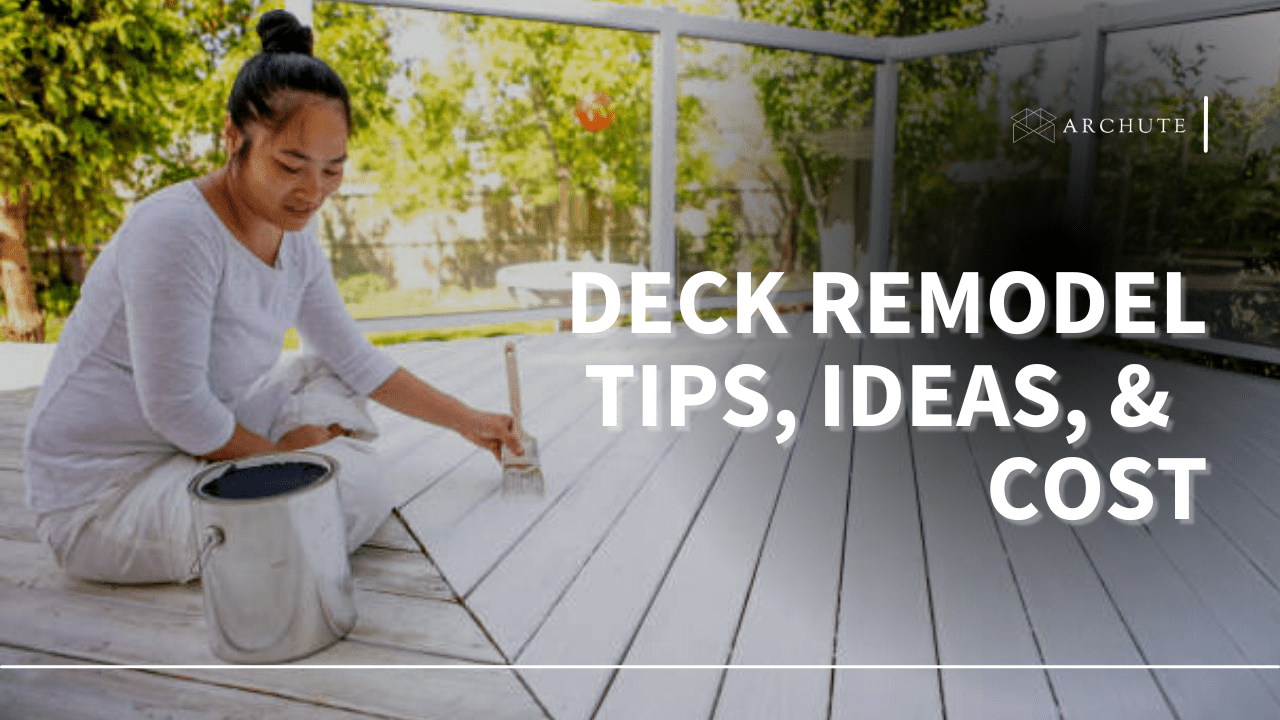A sloping piece of land isn’t very functional around your home. Levelling the foundation before building your home should take care of the job. But what about your backyard? We can’t let you just leave it untouched.
Luckily, there’s a solution to beautifying a sloping backyard landscape and making it functional. The answer? Landscape retaining walls!
You can go conventional and use a retaining wall purposely to hold back the soil in your yard. Or you can also get creative with it so that it stands out and really complements your house’s aesthetic. Here are some sloping backyard ideas for your garden.
1. Planter Walls

Image Credits: hammerandheadband.com
Aside from holding back soil, people commonly use retaining walls as plant beds. The reason? It’s the easiest fix for a rather flat-looking backyard.
Instead of having just a single-level sloping backyard, why not create layers to make it more dynamic? Retaining walls help you achieve these tiers easily without spending too much.
You can use just about any material to build retaining walls that double as plant beds. It would work for most homes, whether brick, stone, wood, or concrete. It all boils down to your preference about what would look best for your garden.
There’s also no limit to the kinds of plants you can use for your garden. Just note, though, that you have to look up the plants you can plant together without harming each other. Also, place water-hungry plants on the lower tiers of your garden so that they don’t dry up fast.
2. Garden Stairs

Image Credits: bostonoutdoorliving.com
If you’re ready to install retaining walls to improve the landscaping in your backyard, consider using any interlocking concrete block solution. Just consider how the finished work will look on your home!
Another beautiful solution to a sloping yard is garden stairs. These can instantly make your garden feel fancier and more luxurious.
You can use retaining walls as stairs to your backyard (or front porch). Or you can also design it so that the retaining wall connects to a set of stairs at the center of your yard.
And you know what would make these stairs so much better? Lights! Whether you place lights on the sides or on the stairs themselves, they will give your garden a more dramatic effect.
3. Backyard Fence

Image Credits: pinterest.com
If you want a little more privacy in your backyard, you can also add a fence over your retaining walls. Or use these retaining walls as a fence or garden wall themselves.
There are instances where single tall retaining walls are more practical to install than tiered ones. For one, if you have limited horizontal space, tiered walls wouldn’t really work for you. They would just crowd your backyard further and possibly make it less functional.
For a backyard fence, you can use just about any material you wish—wood, iron, steel, or any other material that goes well with the other elements in your garden.
4. Patio Or Deck
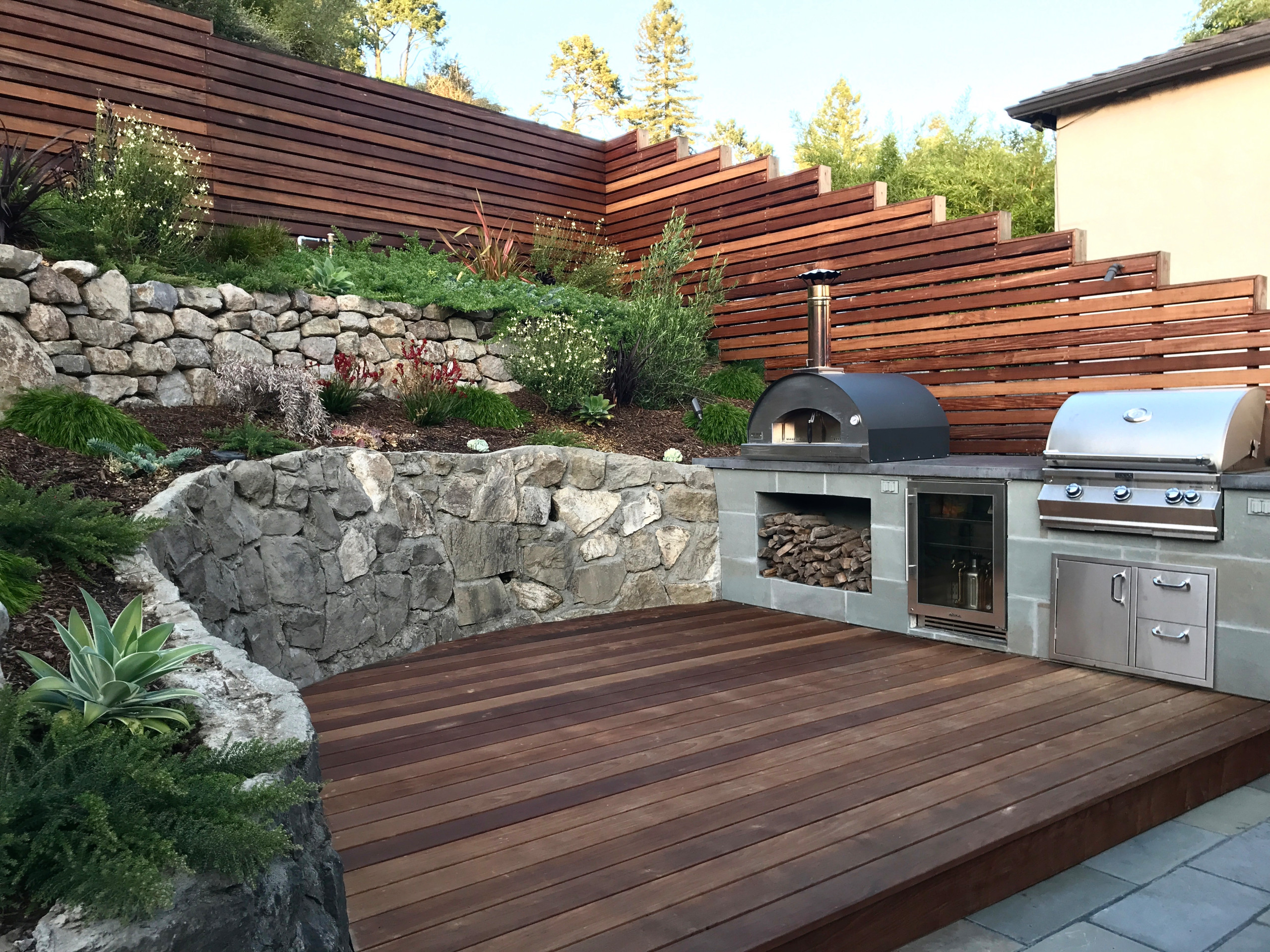
Image Credits: houzz.com
When installing terraced retaining walls, you’re not required to make all levels uniform. You can perfectly have a plant bed on one level and an open patio or deck on another.
This also increases your property value by a lot. It gives you a proper space to entertain guests while enjoying the outdoor breeze and catching up over coffee.
Also, if you decide to sell your house later, a patio or deck can attract more potential buyers and increase your selling price.
5. Outdoor Kitchen Setup

Image Credits: lipulse.com
Another practical solution to a sloping backyard is installing retaining walls that connect to an outdoor kitchen setup.
If you love the outdoors and consider barbecues an integral part of summer, an outdoor kitchen might be a perfect addition to your backyard. Use retaining walls to frame your brick oven and countertops. Through this, you can make all the elements in your backyard more coherent.
You can even add a fire pit for when you feel like having roasted marshmallows. Ensure you frame your fire pit using the same materials as your retaining walls. Trust us; it would look so much better!
6. Water Features

Image Credits: unsplash.com
You can also use retaining walls to build the structure for the water features you want to add to your backyard.
Use retaining walls for a more dramatic outdoor pool setup. Just look at the photo above and see how the retaining walls gave the pool so much more character.
If you want to be closer to nature, consider adding a mini pond to your backyard garden. And if you love the sound of flowing water, install a mini waterfall. It’s more relaxing than you might think.
7. Driveway Or Pathway Marker
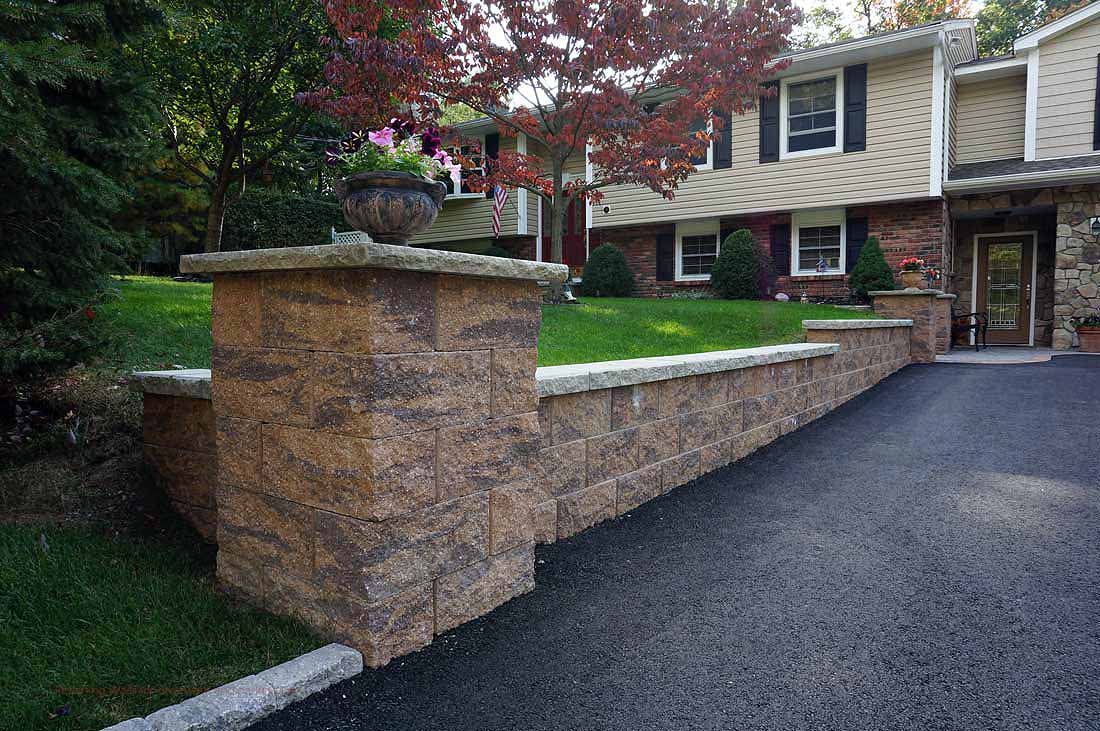
Image Credits: cornerstonewallsolutions.com
If you have underground parking or your garage is in your basement, consider installing retaining walls in your backyard. These can serve as a marker for your driveway. It not only makes it easier to see but also makes your whole space feel more luxurious.
If you’re all for that modern aesthetic, use wood for your driveway marker. Instead of installing it horizontally, do it vertically for a more high-end look. This gives it more impact and makes your retaining wall more stunning.
And even if you don’t have an underground garage, you can definitely still use retaining walls as a pathway marker. It could serve as a guide for your guests. But more than that, it gives your backyard a more finished look.
Installing Retaining Walls
:max_bytes(150000):strip_icc()/block-retaining-wall-big-5c1169e146e0fb00015f05cd.jpg)
Image Credits: thespruce.com
With all the things you can use retaining walls for, there are more reasons to install them in your backyard than not. And what’s more, you can even mix and match different materials for different tiers in your garden. Who’s to say you can’t use retaining wall blocks with natural stones or bricks?
To recap, here are some of the landscape retaining wall ideas you can use for your backyard garden:
- Planter walls
- Garden stairs
- Backyard fence
- Patio or deck
- Outdoor kitchen
- Framing for pools, ponds, and mini waterfalls
- Driveway or pathway marker
If you’re ready to install retaining walls to improve the landscaping in your backyard, consider using MagnumStone retaining walls or an interlocking concrete block retaining wall solution. Just consider how the finished work will look on your home!
Frequently Asked Questions About Landscape Retaining Walls
I. What Is the Cheapest Retaining Wall To Build?
When building retaining walls, concrete blocks and pressure-treated timber are affordable. Timber retaining walls are the most inexpensive but, unfortunately, less durable.
Concrete interlocking blocks are famous for their low cost and ease of installation. The blocks come in various sizes and shapes and are stacked to create concrete retaining wall blocks quickly.
II. What Is The Difference Between A Retaining Wall and A Landscape Wall?
A retaining wall holds back soil or other materials and prevents soil erosion. It creates level areas on sloped terrain and prevents landslides or soil erosion. On the other hand, a landscape wall is primarily decorative. It makes borders around flowerbeds or separates different landscape areas.
III. What Are the Four Types Of Retaining Walls?
There are gravity, cantilever, embedded, and reinforced retaining walls.
Gravity retaining walls are the most common type of retaining walls and rely on their weight to resist the pressure from the soil behind them.
Cantilever retaining walls are constructed using reinforced concrete and steel bars, creating a T-shape. They use the weight of the soil on the horizontal section of the wall to resist the pressure from the ground behind it.
Embedded or sheet pile retaining walls are constructed by embedding them into the ground. They use sturdy planks driven vertically into the ground to create a border. You can use these in areas with soft soil or limited space and also for small retaining walls.
Reinforced or anchored retaining walls use cables or other reinforcement materials anchored into the soil to provide additional support. They are similar to cantilever walls and ideal for areas with poor soil conditions or where the wall needs to resist higher loads.
IV. What Is the Strongest Retaining Wall?
Concrete and stone walls are the strongest options. The anchored retaining wall is also more robust because it uses cables or other reinforcement materials anchored into the soil to provide additional support. As such, it withstands higher loads and resists lateral pressure from the ground.
In terms of construction, poured concrete walls are the most durable. They are solid, strong, long-lasting, and withstand extreme weather conditions. They are also resistant to rot, decay, and insect damage, which can be an issue with other retaining walls.
Alternatively, you can build crushed stone walls that are resistant to erosion and provide good drainage. For even better results, you can use crushed stone with other materials like geogrid or geotextile to increase the stability and strength of the wall.
V. What Is The Lifespan of A Retaining Wall?
A retaining wall can last up to 50-100 years. However, consider factors like the quality of the construction, proper drainage, and proper soil compaction to create the most robust wall systems.

